Apple claims that the iPhone 14 Pro and 14 Pro Max have the highest peak brightness of any smartphone, but is that really true?
There's no denying that the iPhone 14 Pro and 14 Pro Max's Super Retina XDR displays are the best ever on an iPhone. They have always-on capabilities, ten to 120 Hertz adaptive refresh rates, and 1,600 nits peak brightness for HDR content. However, Apple's claim that the iPhone 14 Pro models beat all other smartphones on the market when it comes to peak brightness outdoors isn't entirely true.
During its special Sept. 7 event, Greg "Joz" Joswiak, the senior vice president of worldwide marketing at Apple, said:
For those bright, sunny days, iPhone [14 Pro and 14 Pro Max] can now push brightness even higher for a peak of 2,000 nits. That's twice as bright as before and the highest peak brightness of any smartphone.
In the follow-up press release, Apple reiterated Joswiak's statement:
The advanced display ... brings the same peak HDR brightness level as Pro Display XDR, and the highest outdoor peak brightness in a smartphone: up to 2000 nits, which is twice as bright as iPhone 13 Pro.
And on the iPhone 14 Pro's product page, it's the same thing:
For those bright, sunshiny days, the Super Retina XDR display now reaches a peak of 2,000 nits outdoors — that's twice as bright as before and the highest peak brightness of any smartphone. So text jumps right off the screen.
Apple is only half right. It does have the brightest OLED panel on a smartphone out of those sold in the United States. It even beat the Samsung Galaxy S22 Ultra's peak brightness of 1,750 nits, the brightest Galaxy model. What's interesting about that is that Apple and Samsung both get OLED panels from Samsung Display, Samsung's sister company.
However, it's not the first smartphone ever to be that bright. And as you can tell from the quotes above, Apple doesn't actually claim to be the first. Apple specifically avoids doing so since it knows it's not true.
But using "highest peak brightness of any smartphone" implies the iPhone 14 Pro models are the only smartphones on the market that can reach 2,000 nits. You could interpret that to mean they're in the class of smartphones that can reach 2,000 nits, but I'm guessing most people won't go that route.
That brings us to the other phones out there with a peak brightness of 2,000 nits:
In July, Sharp released its Aquos R7 smartphone in Japan, and it comes with 2,000 nits peak brightness. Its IGZO OLED display also has a refresh rate of up to 240 Hertz — twice as much as the iPhone 14 Pro models.
And that's not even the first smartphone with a maximum brightness of 2,000 nits. Sharp's Aquos R6, also first released in Japan, was available for purchase in June 2021 and had the same peak brightness as the Aquos R7 and iPhone 14 Pro models. Its Pro IGZO OLED display also has a refresh rate from one to 240 Hertz.
The Pro IGZO OLED displays the highest peak brightness in AQUOS history at 2,000 nits and HDR image quality with a contrast of 20 million to 1.
So do the iPhone 14 Pro and 14 Pro Max have the brightest smartphone screens in the world? No, but they definitely beat everything in the U.S. mobile phone market.
Cover image via Apple






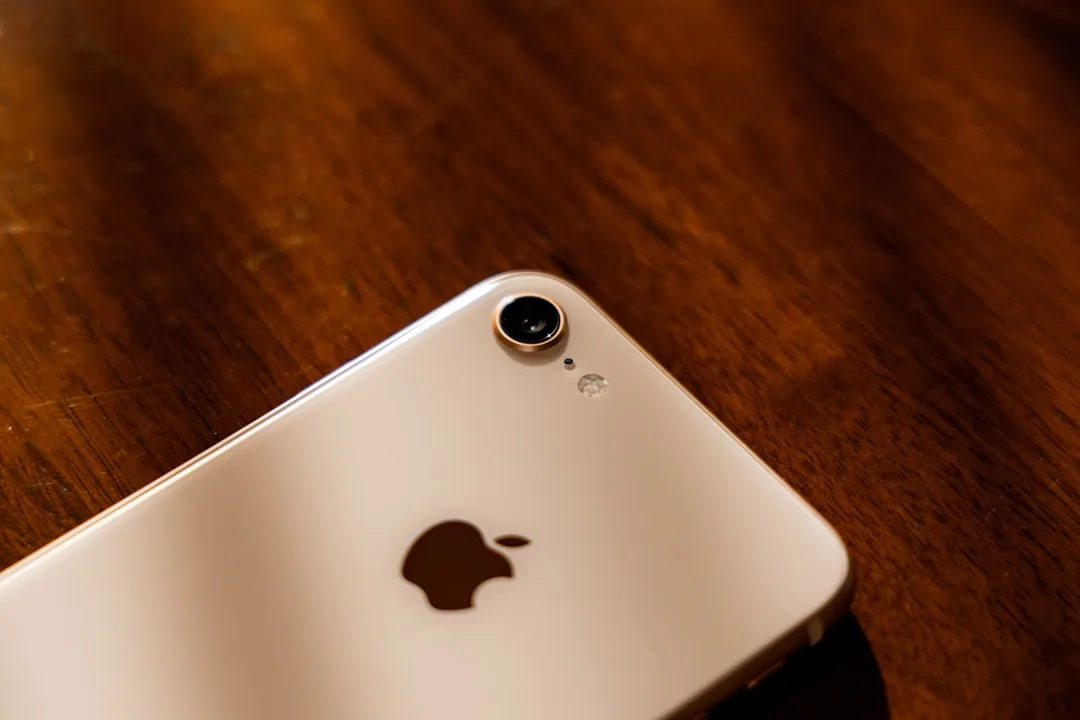
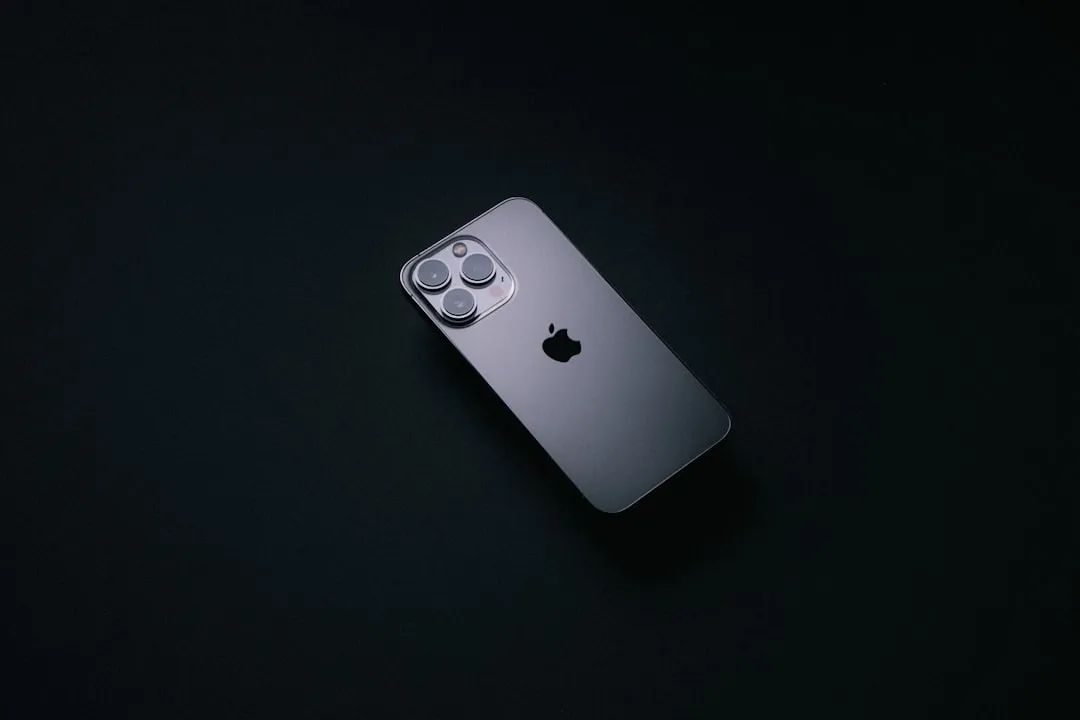
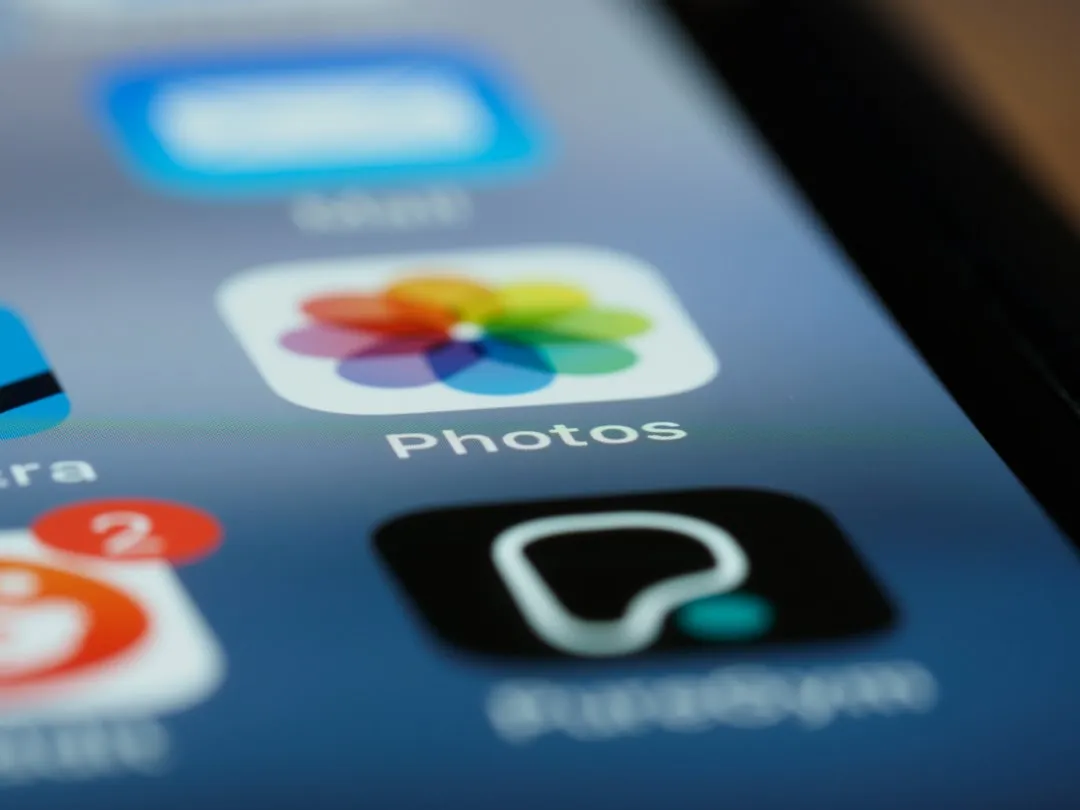



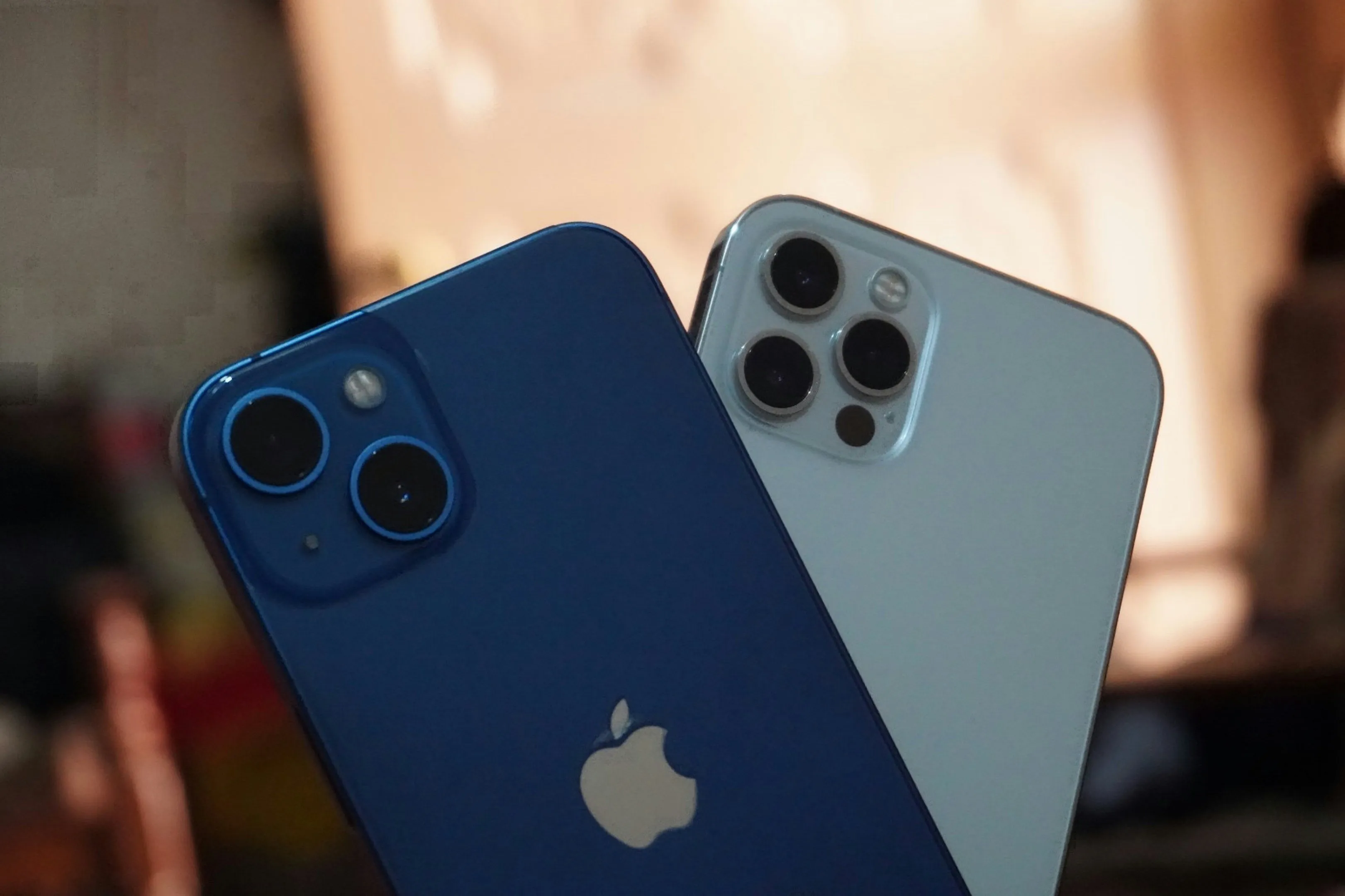
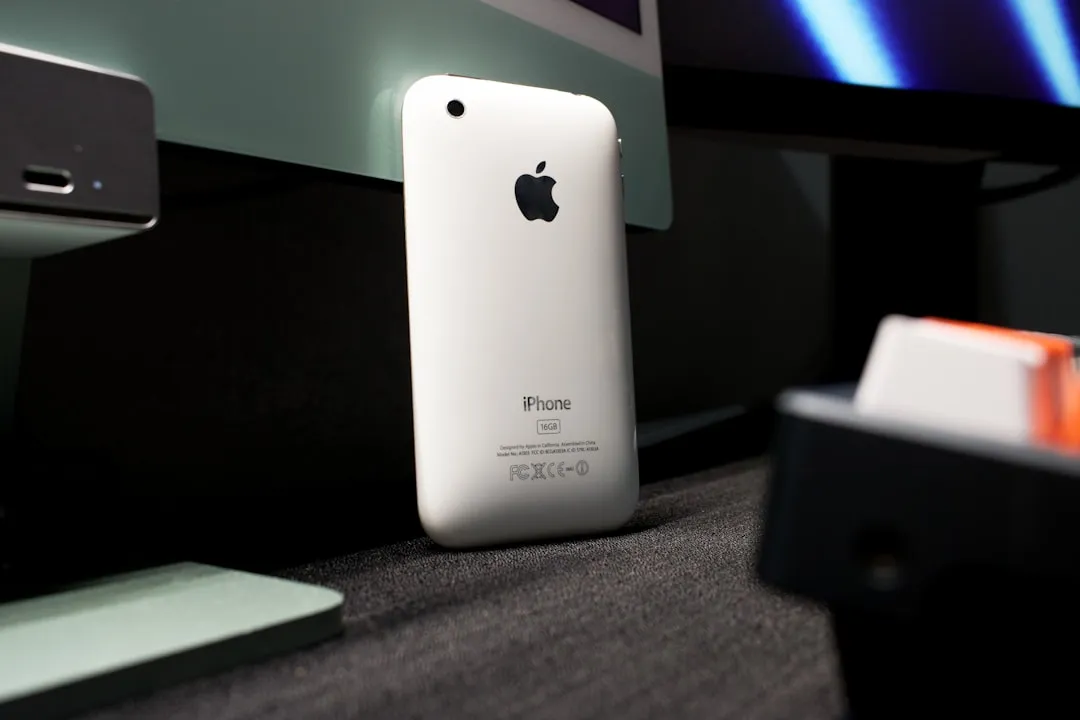
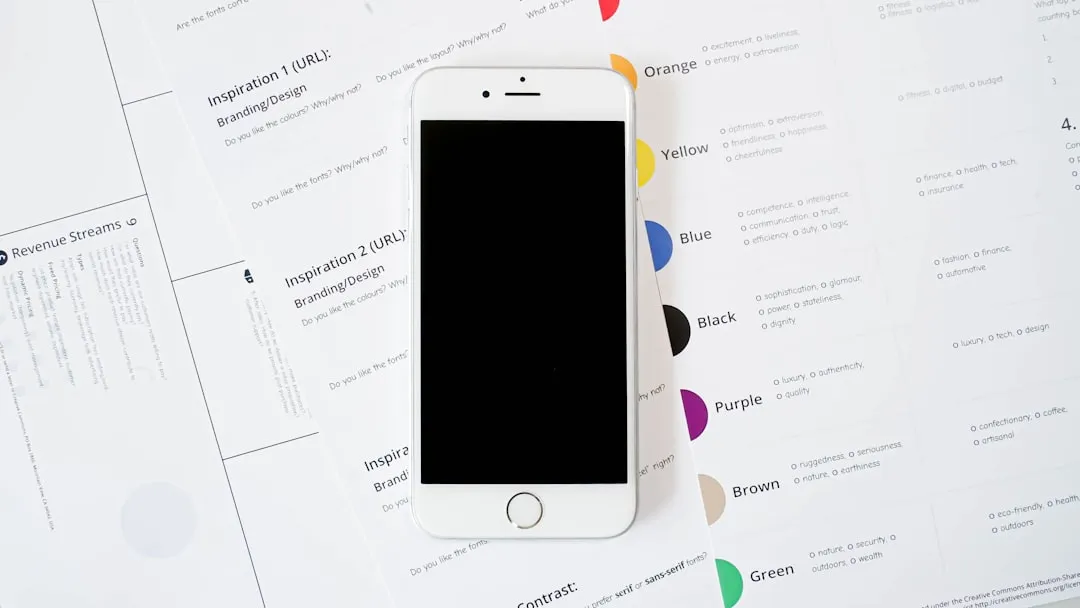
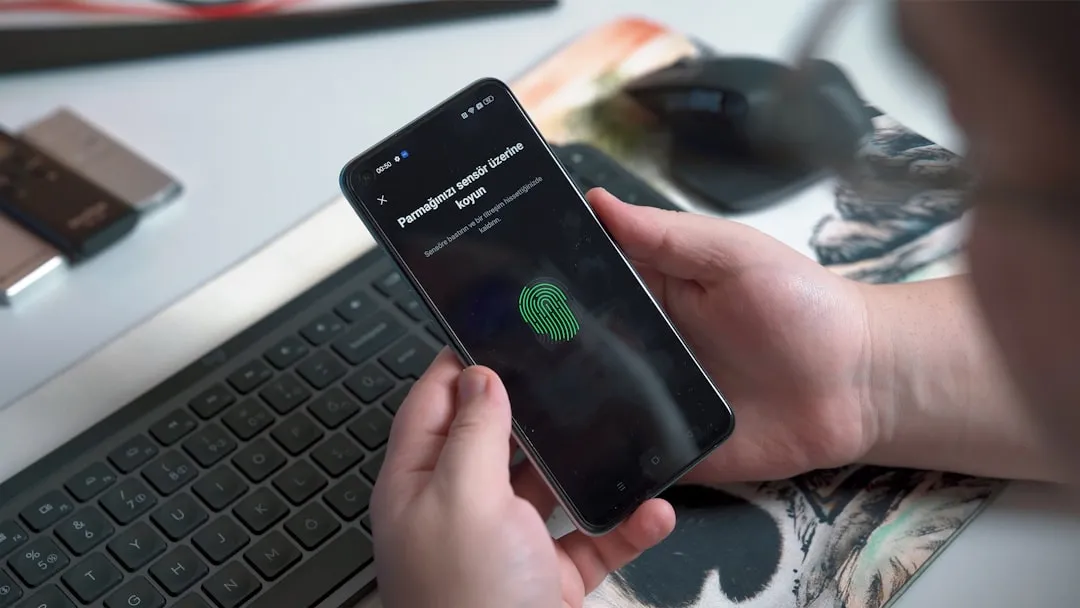
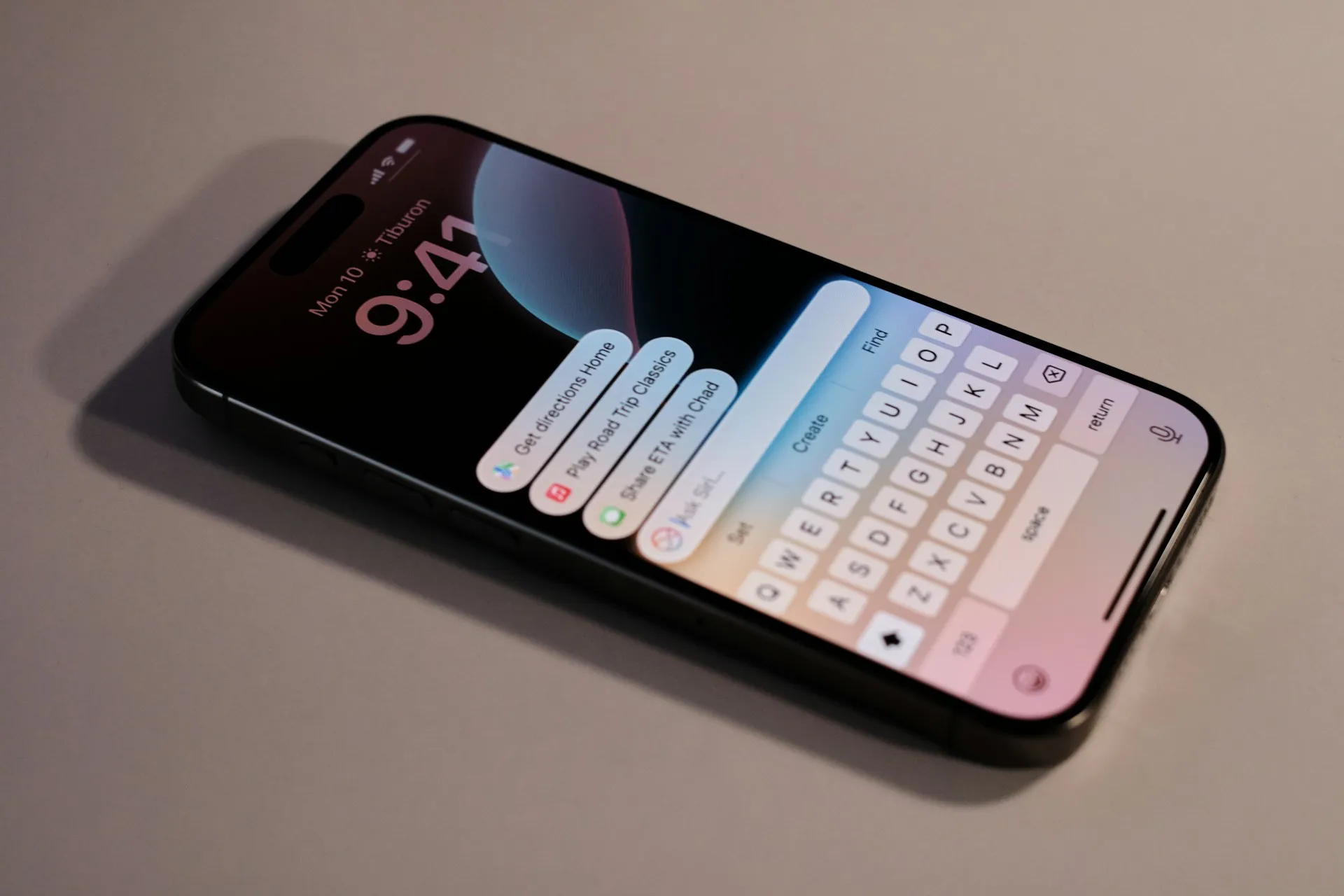


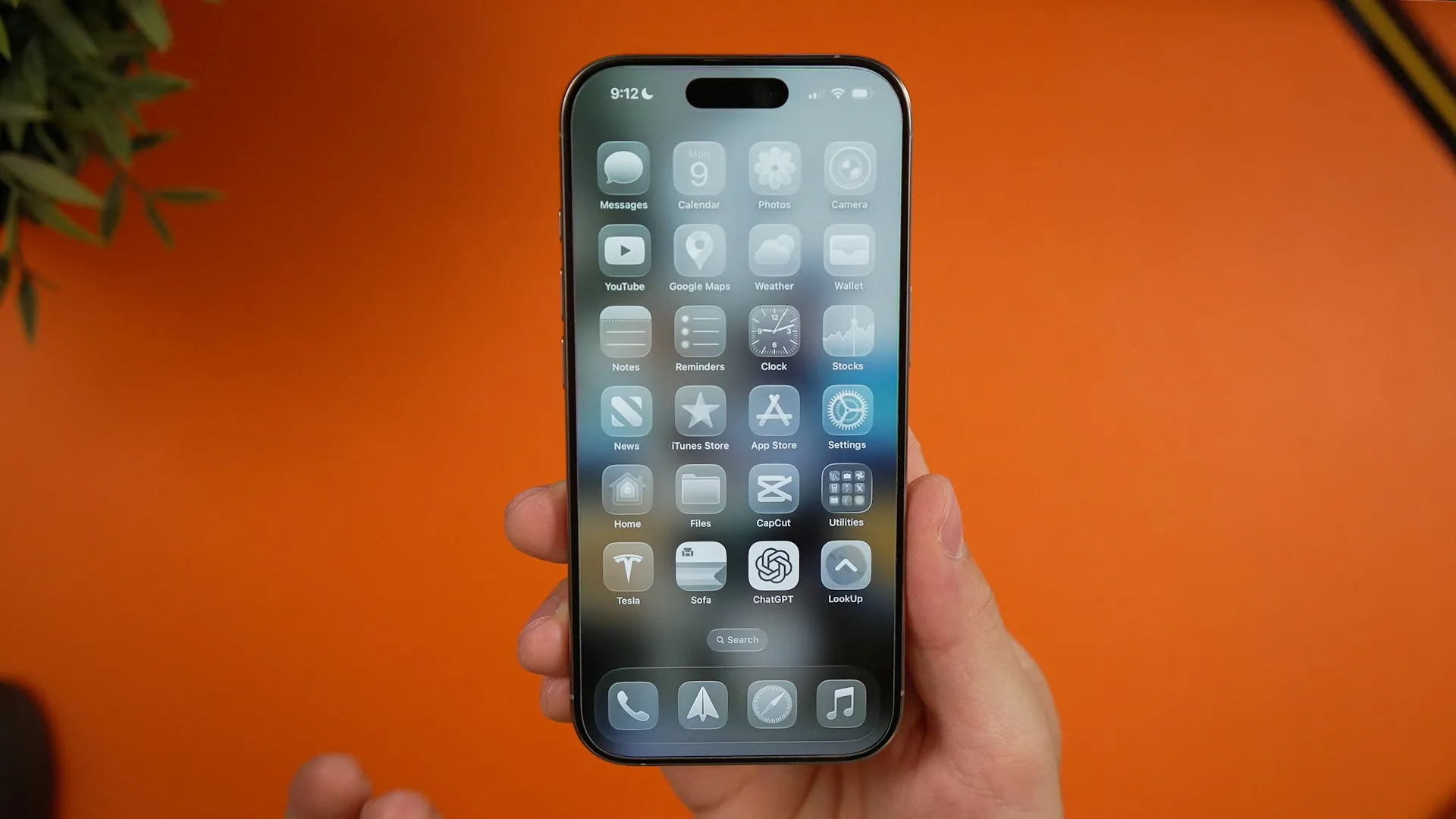
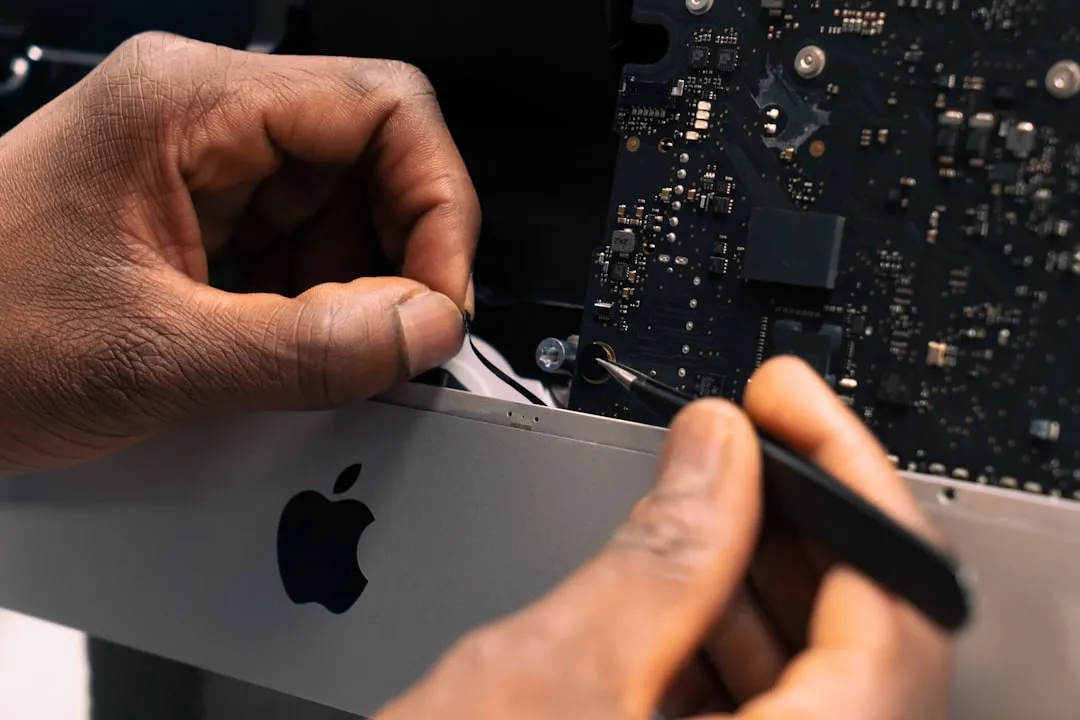



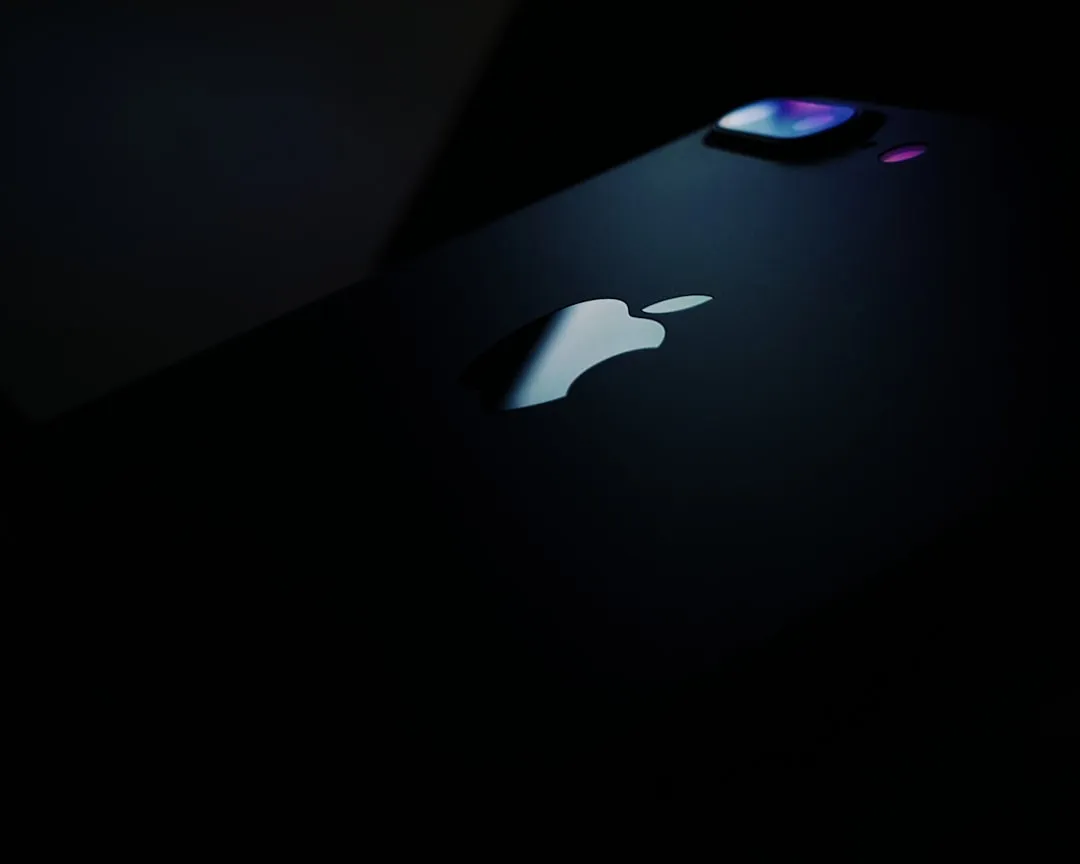
Comments
Be the first, drop a comment!